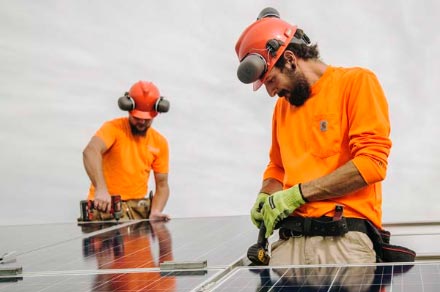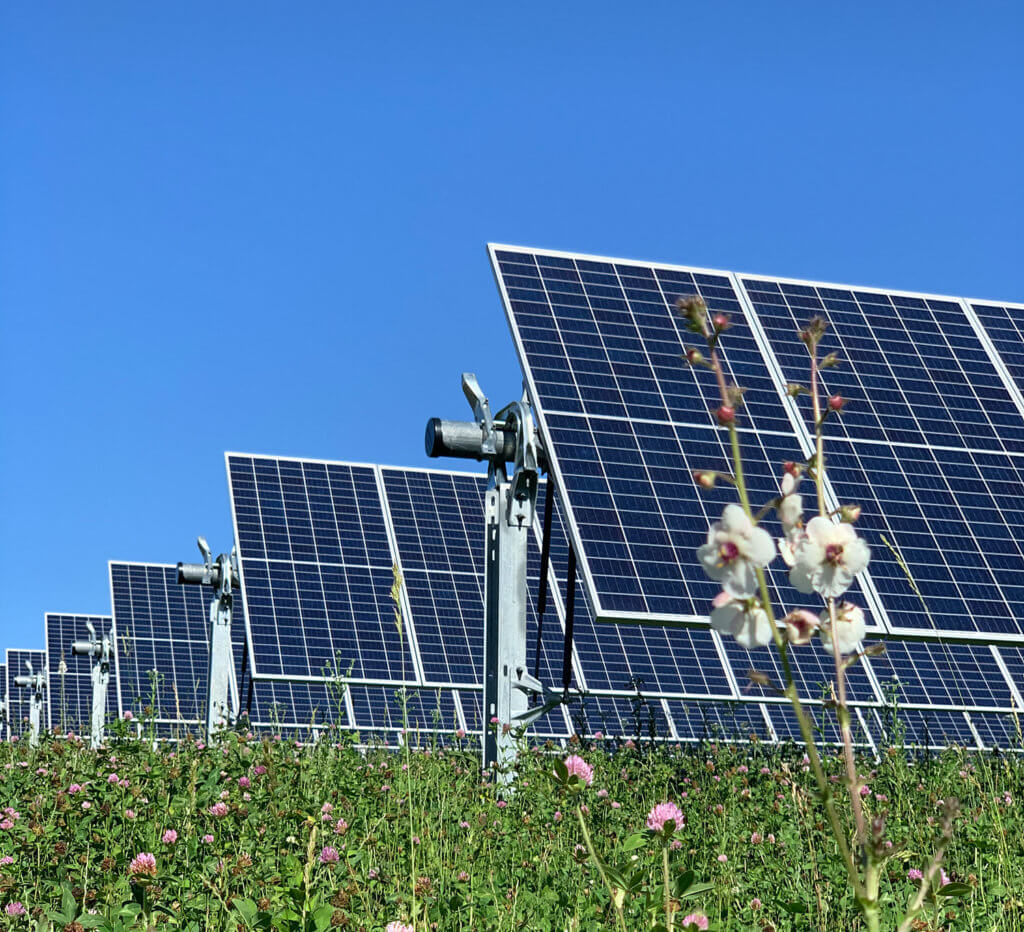How Solar Energy Helps Companies Hire & Retain Top Talent, Reduce Operating Costs, and Stay Ahead of the Competition
If your company has a strategy, as opposed to what Porter called operational effectiveness, you can build higher barriers to competition by creating a unique position for yourself. This can yield higher profits than operational effectiveness-based approaches.
Solar or solar plus battery energy storage can be a strategic differentiator – and not only because of the energy cost savings. In addition to capitalizing on the hidden opportunity in your operating costs, solar energy can help you stake out a strategic position to attract top employees and win competitive bids.
Sustainability is especially important among Millennial employees, who became the largest generation in the U.S. labor force in 2016. According to Forbes, green technology is among the top four things Millennials seek out from potential employers. Around 90% of Millennials, 84% of Gen Xers, and 77% of Baby Boomers say sustainability is a core value they consider when choosing a job.

We’re really focused on being the employer of choice in the region. This solar array is like a giant billboard that says, ‘Guess what? This is not your old-school manufacturing building.’ It’s not dark, it’s not dingy, it’s not unsafe. It’s technical, it’s looking forward.”
–Lori Schaefer-Weaton, President, Agri-Industrial Plastics Company
Our customer Agri-Industrial Plastics Company (AIP) is using its solar energy and Tesla battery system to attract top hires by staking out a cutting-edge, sustainability-focused position. This is the first solar project in the Midwest to incorporate Tesla Powerpack and the first solar plus battery energy storage system implemented by a large manufacturer in Iowa.
“We’re really focused on being the employer of choice in the region,” said Lori Schaefer-Weaton, president of AIP. “This solar array is like a giant billboard that says, ‘Guess what? This is not your old-school manufacturing building.’ It’s not dark, it’s not dingy, it’s not unsafe. It’s technical, it’s looking forward.”
The solar + storage installation will form the foundation of a comprehensive sustainability policy currently under development at AIP. “I would consider it a strategic investment for our future,” said Schaefer-Weaton.



From Left to Right: Robotics at work on AIP’s manufacturing floor, a student intern gets hands-on experience in the repairshop.
These sustainability scorecards are spreading throughout industry, including to smaller firms, aided by a growing suite of independent NGO evaluation and certification programs that take the heavy lifting off the buyer. If these evaluations are not yet widespread in your industry, they likely will be soon.
A number of our manufacturing customers are evaluated for their sustainability efforts. Earning top marks on these scorecards is one of the motives behind our customers’ decisions to move forward with renewable energy programs. Sustainability scores usually include some form of carbon reduction or renewable energy component, so solar energy is among the best sustainability interventions a company can make to earn a higher score.
These scorecards can be vitally important in a competitive bidding process or during annual evaluations. Solar energy and other sustainability efforts add points to a supplier’s score, which increases the likelihood of winning – and keeping – valuable contracts. Sustainability scores can be a large component of overall evaluations, along with traditional key performance indicators like price, performance, and quality. In Dell’s supplier evaluation, for example, sustainability performance is weighted at 10 to 15% of the overall score.



From Left to Right: AIP’s manufacturing process integrates advanced engineering, robotics and skilled labor to create custom blow-mold products.
Those savings have allowed Jenny Steffensmeier, president and owner, to invest in her employees, hire new workers, expand production, and give back to the community. The company added coverage for dental, vision, and disability to its benefits package. Several employees are receiving AutoCAD training. SWM added a second shift with new hires. The company plans to purchase additional equipment in the future. Increased community involvement and charitable giving round out the uses for those solar savings. “All of these things potentially could not have happened because the cash flow was not there before,” Steffensmeier said.
Investments in solar energy yield dividends for businesses, communities, and employees that compound year over year. How is your competition answering that?

Make your company more resilient
Get a FREE energy strategy session
Ioannou and Serafeim concluded that “some companies are creating real strategic advantage by adopting sustainability measures their competitors can’t easily match.”
If you invest in solar energy before your competition does, you’ll have the upper hand. You can take advantage of higher tax credits (which start stepping down after this year), the recruiting and marketing punch that comes with being an early adopter, and extra months or years of compounding savings that can be reinvested in growth. Every day you have these advantages and your competitor does not, you put more distance between your company and your competition.








